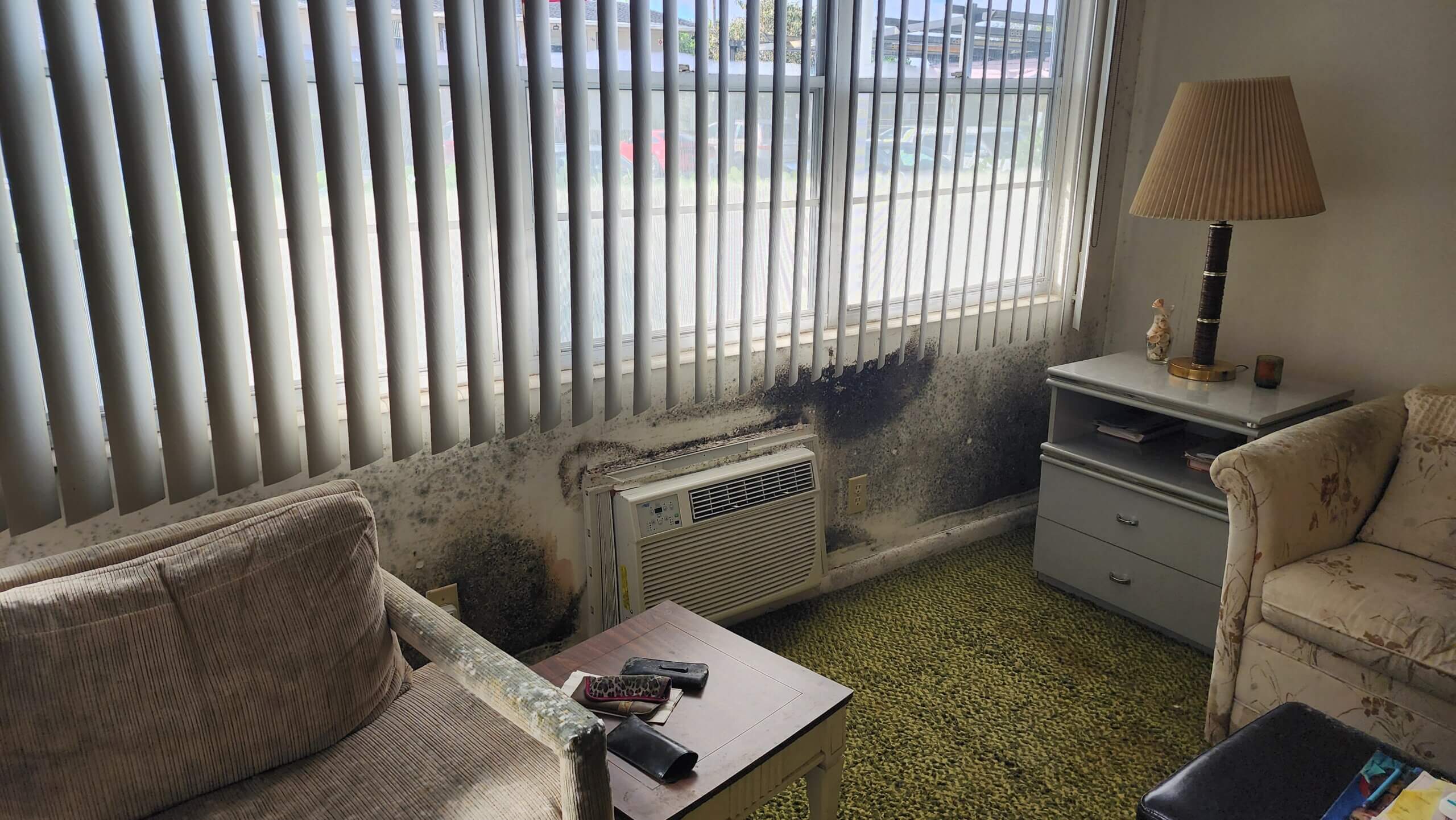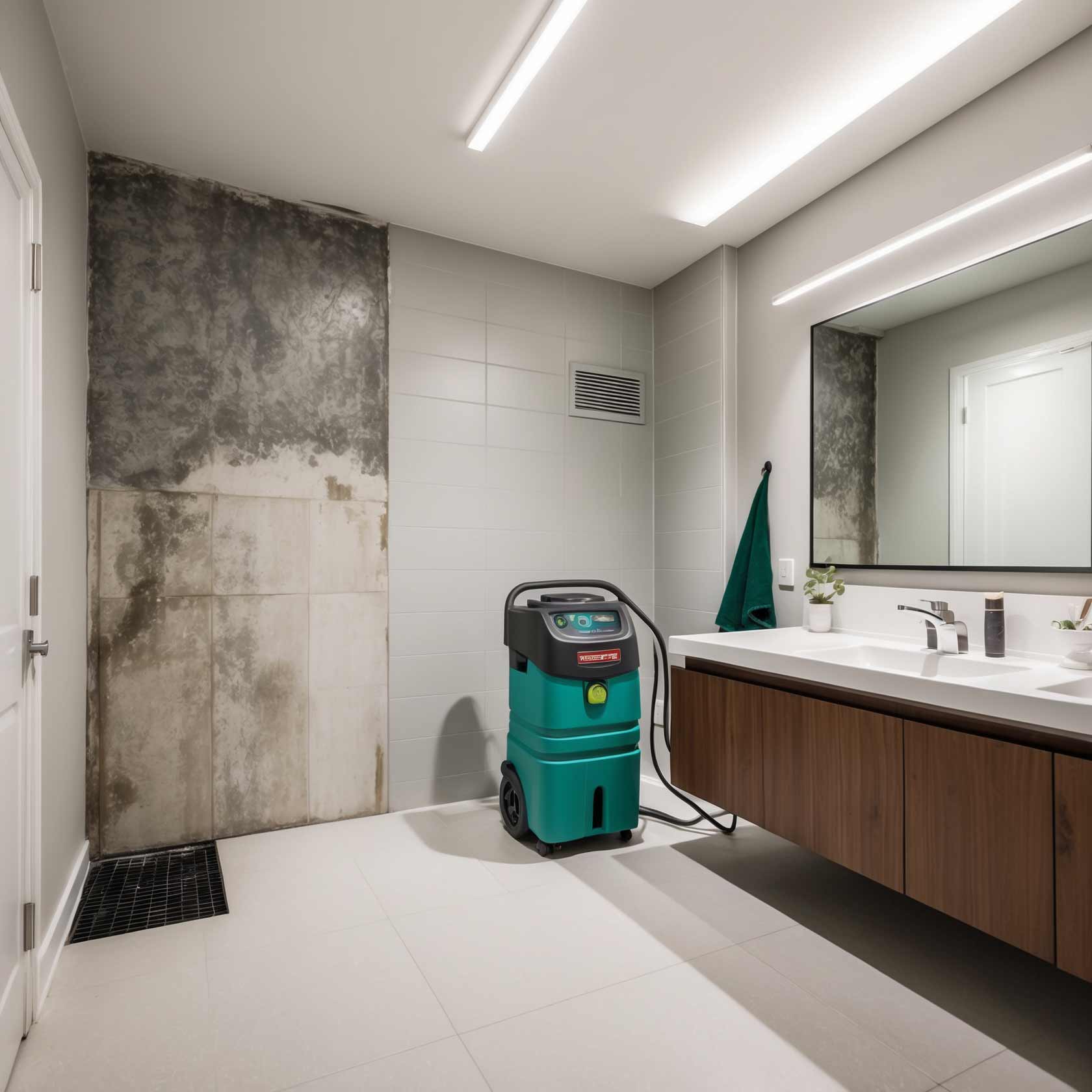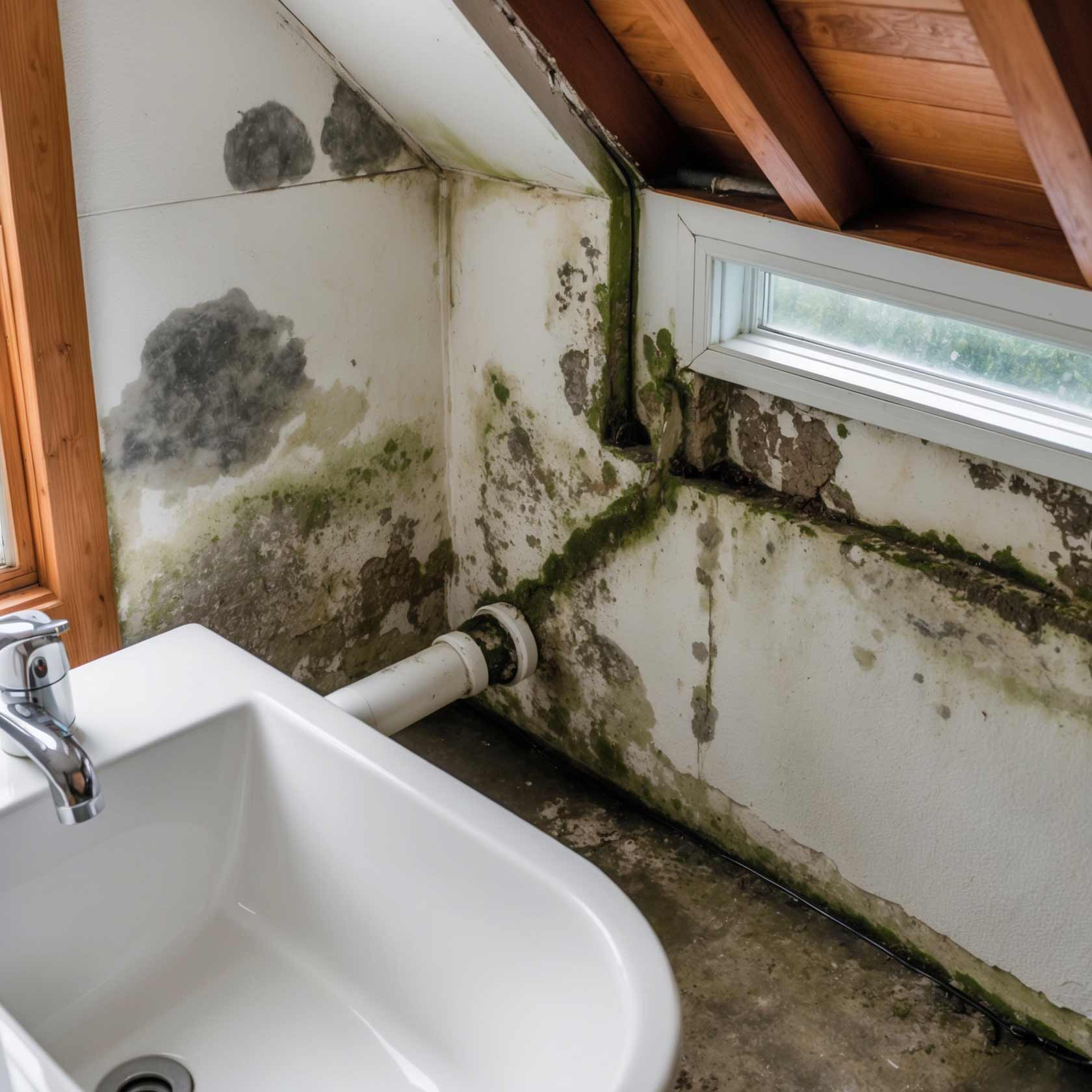Breaking Down the Costs: How Much Should You Expect to Pay for a Professional Mold Inspection?
Mold can be a silent invader in our homes, thriving in damp, dark corners and presenting numerous health risks if left unchecked. As homeowners, it's crucial to understand the importance of a professional mold inspection, not just for immediate remediation but also for long-term safety. In this comprehensive guide, we’ll delve deep into the costs associated with mold inspections and what factors influence these prices.
Understanding Mold Inspections
What is a Mold Inspection?
A mold inspection is a thorough examination of your property to identify any presence of mold. This process usually involves visual assessments and air quality testing to evaluate the extent of mold contamination.
Why is a Mold Inspection Important?
The importance of a mold inspection cannot be overstated. It helps in:
- Identifying hidden mold.
- Assessing potential health risks.
- Preventing structural damage.
- Providing peace of mind.
Breaking Down the Costs: How Much Should You Expect to Pay for a Professional Mold Inspection?
When it comes to understanding how much you should expect to pay for a professional mold inspection, costs can vary significantly based on various factors. Typically, homeowners can expect to pay anywhere from $200 to $800 for an inspection.
Factors Influencing the Cost of Mold Inspections
1. Location
Your geographical area plays a critical role in determining cost. Urban areas tend to have higher rates due to increased demand and living expenses.
2. Size of Property
Larger properties require more extensive inspections, which naturally drives up costs. A small apartment might only require a basic check-up, while larger homes may need multiple samples taken from different areas.
3. Type of Inspection Required
There are several types of inspections:
- Visual Inspections: Basic checks that usually cost less.
- Comprehensive Inspections: More detailed procedures involving air tests or surface sampling that cost more.
4. Experience and Certifications of Inspectors
Inspectors with more experience or specialized certifications often charge higher fees but can provide more accurate assessments.
Typical Costs Breakdown by Region
| Region | Average Cost | |----------------|----------------| | Northeast | $300 - $600 | | Midwest | $250 - $550 | | South | $200 - $500 | | West | $300 - $800 |

Additional Services Impacting Cost
Sometimes additional services like lab testing or moisture mapping are necessary after the inspection, which can add hundreds more dollars to your total bill.
Is DIY Worth It? Understanding Self-Inspection vs. Professional Services
Pros and Cons of DIY Mold Inspection
Pros:
- Cost-effective
- Immediate results
Cons:
- Lack of expertise
- Potential oversight of hidden molds
When Should You Call Professionals Instead?
If you suspect significant contamination or are experiencing health issues related to mold exposure, it’s wise not to take chances with DIY methods and instead hire professionals who can ensure thorough testing.
The Importance of Knowing Your Rights as a Homeowner
Understanding Your Contractual Obligations with Inspectors
When hiring an inspector, read your contract carefully to understand what is included in your service—this will help avoid any unexpected charges later on.
Insurance Coverage for Mold Inspections: What You Need To Know?
Some homeowner insurance policies may cover mold inspections; however, it’s essential to check specifics as coverage varies widely by policy type and provider.
Choosing the Right Mold Inspector: Key Questions to Ask
Before selecting an inspector, consider asking them:
These questions will help ensure you're hiring someone knowledgeable and trustworthy.
Common Myths Surrounding Mold Inspections Debunked
Myth 1: All Molds are Dangerous
While some molds can be harmful (like black mold), many types are harmless; knowing which is which requires professional insight.
Myth 2: DIY Tests are Sufficient
Home test kits may give preliminary insights but are often inaccurate without professional interpretation.
Post-Inspection Steps: What Comes Next?
After your inspection is complete:
The Health Risks Associated with Mold Exposure: Why Early Detection Matters?
Mold exposure can lead to various health issues such as respiratory problems, allergic reactions, and even neurological effects in extreme cases—underlining the necessity for timely inspections.
Frequently Asked Questions About Mold Inspections
How long does a typical mold inspection take?
Most inspections last between 1–3 hours depending on property size and complexity.
Can I stay in my home during an inspection?
Yes, it's generally safe unless there is significant contamination present.
What happens if mold is found during the inspection?
The inspector will guide you through remediation options tailored to your situation.

Are air quality tests necessary during an inspection?
They’re not always required but can be beneficial if there’s reason to suspect airborne spores.
Can I perform maintenance myself post-inspection?

Do inspectors guarantee their findings?
While they strive for accuracy, no inspector can guarantee results due to variables outside their control.
Conclusion
In summary, understanding the costs associated with professional mold inspections requires knowledge about various influencing factors—from location and property size to additional services that could arise after initial assessments. Investing in a thorough inspection not only safeguards your home and loved ones against potential hazards but also provides invaluable peace of mind when navigating potential infestations or health risks associated with mold exposure.
By breaking down the costs involved and Tip Top Plumbing & Restoration addressing common concerns surrounding this topic—particularly through our exploration titled "Breaking Down the Costs: How Much Should You Expect to Pay for a Professional Mold Inspection?"—we hope you've gained clarity on why such services are essential investments in maintaining both structural integrity and overall well-being within your home environment.